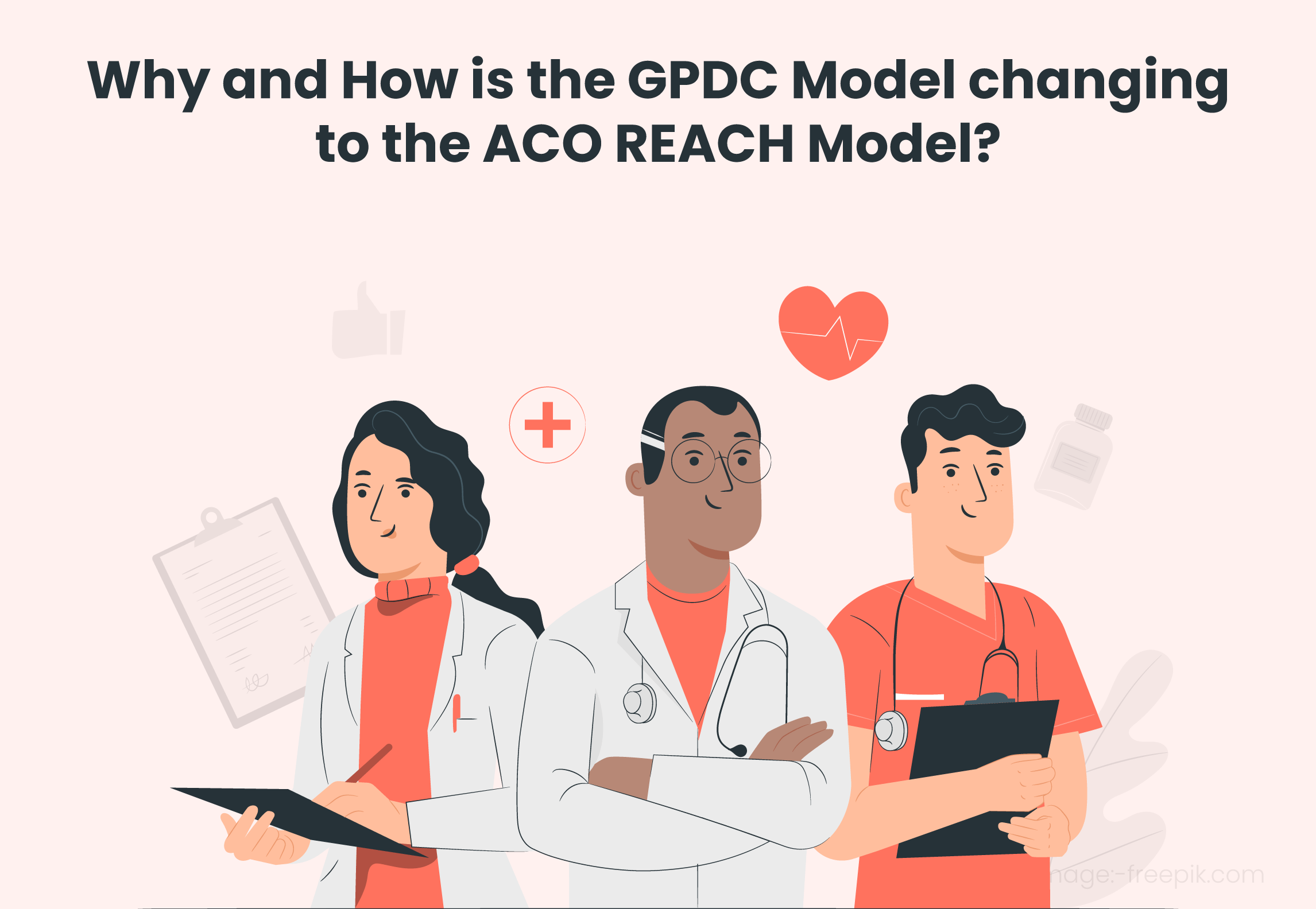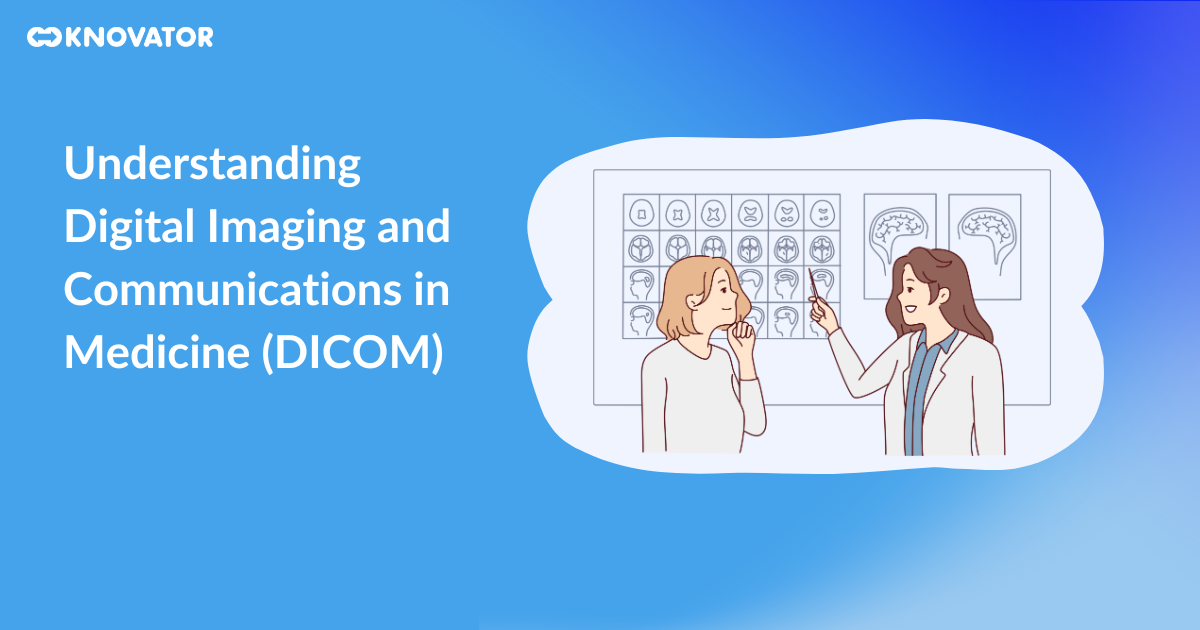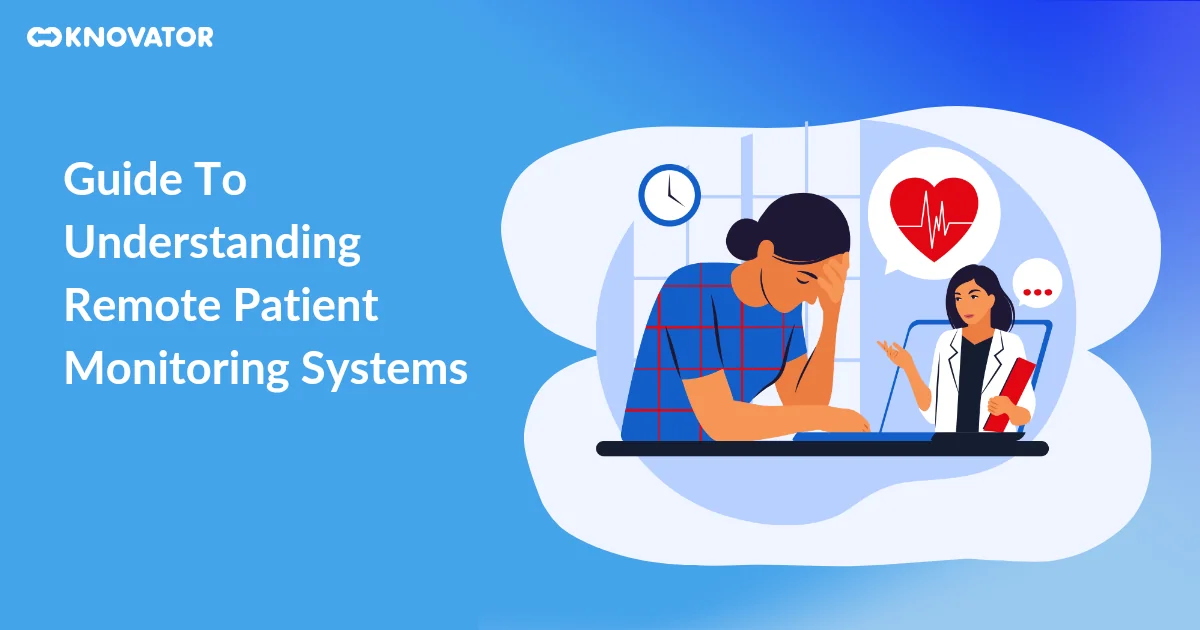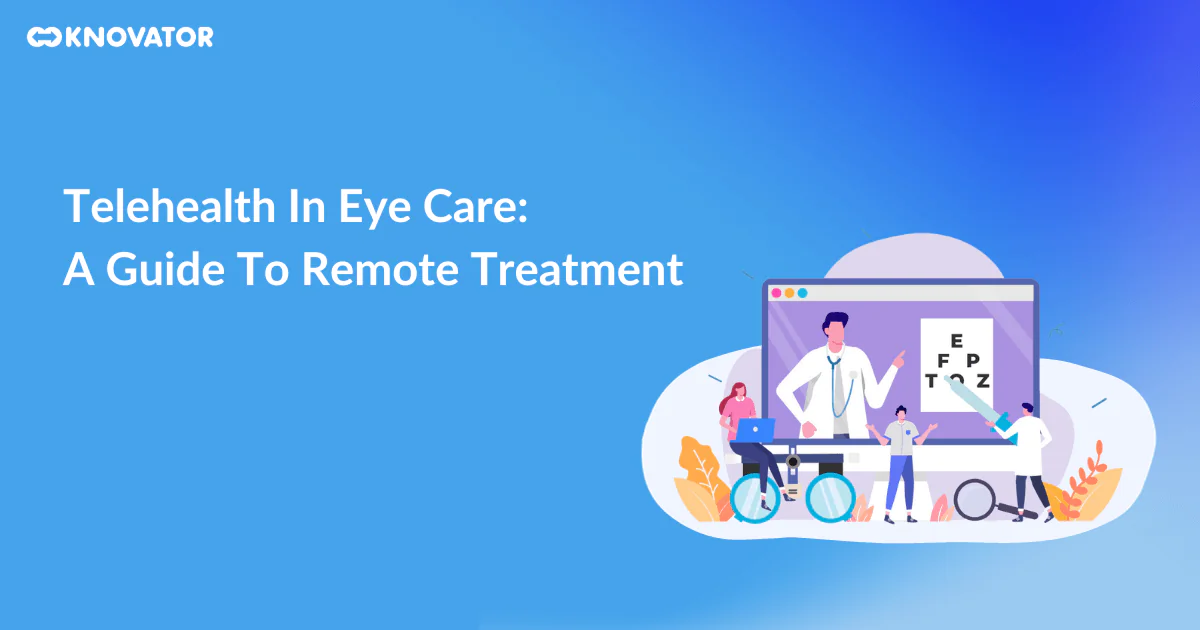To fulfill the commitment of the Biden-Harris Administration to improve the quality of care that people receive, including the underserved communities, the Centers for Medicare & Medicaid Services (CMS) is testing new models of health care service delivery and payment across the USA.
The Global and Professional Direct Contracting (GPDC) Model has been redesigned to the ACO Realizing Equity, Access, and Community Health (REACH) Model to promote the stakeholder feedback, participant experience, and Administration priorities. It includes CMS’s commitment to advancing health equity for the citizens of the USA.
As the GPDC Model is changed to AOC REACH Model, CMS is also canceling the Geographic Direct Contracting Model (Geo Model), which was announced in December 2020 but paused in March 2021 in response to stakeholder concerns.
Here is all the related information and highlights of the ACO REACH Model.
1. Why is CMS making the change from GPDC to ACO REACH?
CMS redesigned and renamed the GPDC Model to the ACO REACH Model to reflect the changes and priorities of the Biden-Harris Administration that happened due to the feedback received from stakeholders and participants and to show its commitment towards health equity.
2. What is the model timeline?
The ACO REACH Model starts on January 1, 2023, and will have a span of four Performance Years, ending on December 31, 2026. Interested provider-led organizations need to apply Request for Applications (RFA) to begin participation in PY2023 with an optional Implementation Period (IP) from August 1, 2022, to December 31, 2022.
3. What are the model goals?
The goals of the REACH Model are:
- To promote health equity and address historical healthcare disparities for underserved communities.
- To continue the momentum of provider-led organizations participating in risk-based models.
- To protect beneficiaries and the Model with more participant vetting, monitoring, and greater transparency
4. How will ACO REACH focus on Health Equity?
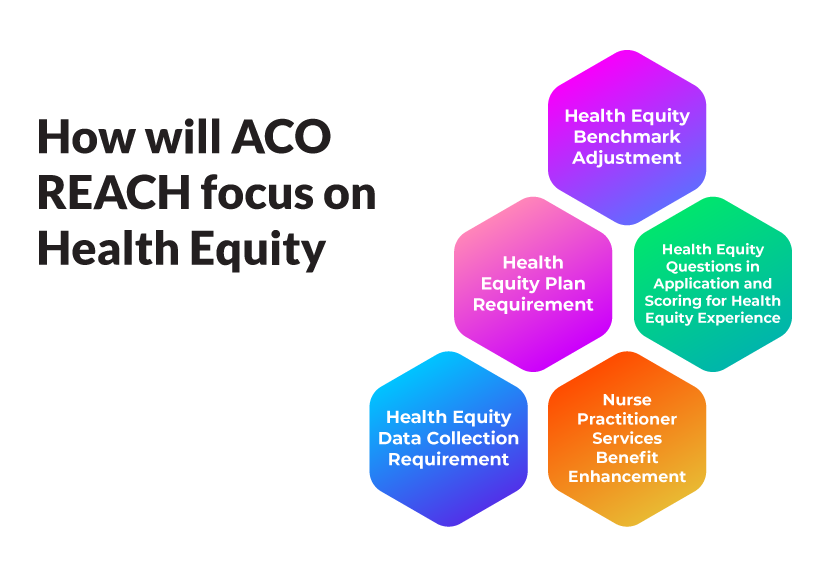
As it is shown by research that underserved communities experience worse health outcomes than the general population, the ACO REACH Model has introduced five new policies to promote health equity:
- Health Equity Benchmark Adjustment
- Health Equity Plan Requirement
- Health Equity Questions in Application and Scoring for Health Equity Experience
- Health Equity Data Collection Requirement
- Nurse Practitioner Services Benefit Enhancement
5. What will be the effect of the ACO REACH Model on the GPDC Model participants?
Current GPDC participants need to maintain a strong compliance record in 2022. That means participating providers or designated representatives hold at least 75 % control of each ACO’s governing body. Apart from that, this model requires two beneficiary advocates, at least one Medicare beneficiary, and at least one consumer advocate, and both of them should hold voting rights.
6. What are the risk adjustments?
The ACO REACH Model has improved upon the GPDC Model’s approach to risk adjustment, two changes to the “Risk Score Growth Cap” further mitigate potential inappropriate risk score gains:
- Start with adopting a static reference year population for the remainder of the model performance period as per the ACO REACH Model. This means the capped risk scores of a single model participant will not grow greater than 3 % every two years in the later years of the Model.
- Cap the REACH ACO’s risk score growth relative to the DCE’s demographic risk score growth, so the +/- 3% cap is appropriately adjusted based on demographic changes in the underlying population over time. The CIF (Coding Intensity Factor) essentially creates a ‘zero-sum’ environment and is the mechanism that provides 100% protection to Medicare against inflated payments.
7. What are the roles of additional monitoring and compliances?
Additional monitoring and compliance efforts and analytics as used in the REACH ACO Model will:
- Audit annually REACH ACO contracts with providers to learn more about their downstream arrangements and identify any concerns.
- Investigate any beneficiary and provider complaints and grievances on a rolling basis in coordination with 1-800-Medicare, the Innovation Center liaison on models in the Medicare Beneficiary Ombudsman team, CMS regional offices, and others as appropriate.
- Annually track if beneficiaries are being shifted in or out of MA.
- Examine ACO’s risk score growth to identify inappropriate coding practices.
- Monitor for noncompliance with prohibitions against anti-competitive behavior and misuse of beneficiary data.
- Increased use of data analytics to monitor services over time and compared to a reference population to assess changes in beneficiaries’ access to care, including stinting on care.
- Review marketing materials regularly to ensure the information on the Model is accurate and beneficiaries understand their rights and freedom of choice.
- Verify annually that REACH ACO websites are updated and provide the required information.
8. What will be the quality withheld?
Compared to the GPDC Model, where the quality withhold applied to the benchmarks of both Professional DCEs and Global DCEs was 5% is now reduced to 2% in the ACO REACH Model.
9. What are the benefits and protections for Medicare beneficiaries?
Benefits for medical beneficiaries (applies to all Performance Years of the Model) include:
- There is a higher quality of care and more excellent clinical support and care coordination for beneficiaries.
- “Benefit Enhancements” and “Beneficiary Engagement Incentives” offered under the Model (e.g., telehealth, post-discharge home visits and waiver of the homebound requirement, Part B cost-sharing support, concurrent care for beneficiaries that elect hospice care).
Beneficiary protections (applies to all Performance Years of the Model):
- All aligned beneficiaries retain full Original Medicare benefits and see any Medicare physician.
- Beneficiaries are automatically notified on an annual basis of their alignment to a DCE/ACO. Additionally, their benefits are not changed.
- Beneficiaries retain the rights for all FFS Medicare channels for raising concerns or reporting complaints.
Related : Benefits of Buy Hospital Automated Prior Authorization Solution
The role of a healthcare software development company in the digital transformation of your healthcare business
A healthcare software development company like Knovator Technologies can help with the digital transformation of your healthcare business. This includes developing telemedicine, telehealth, or mhealth apps. Additionally, EHR implementation services, prior authorization and patient engagement solutions through our healthcare IT managed services help you boost your ROI, customer engagement and improve your customer experiences. Healthcare companies worldwide leverage our custom healthcare development, healthcare MVP development and hire dedicated developers for complex telemedicine software, websites and apps.

